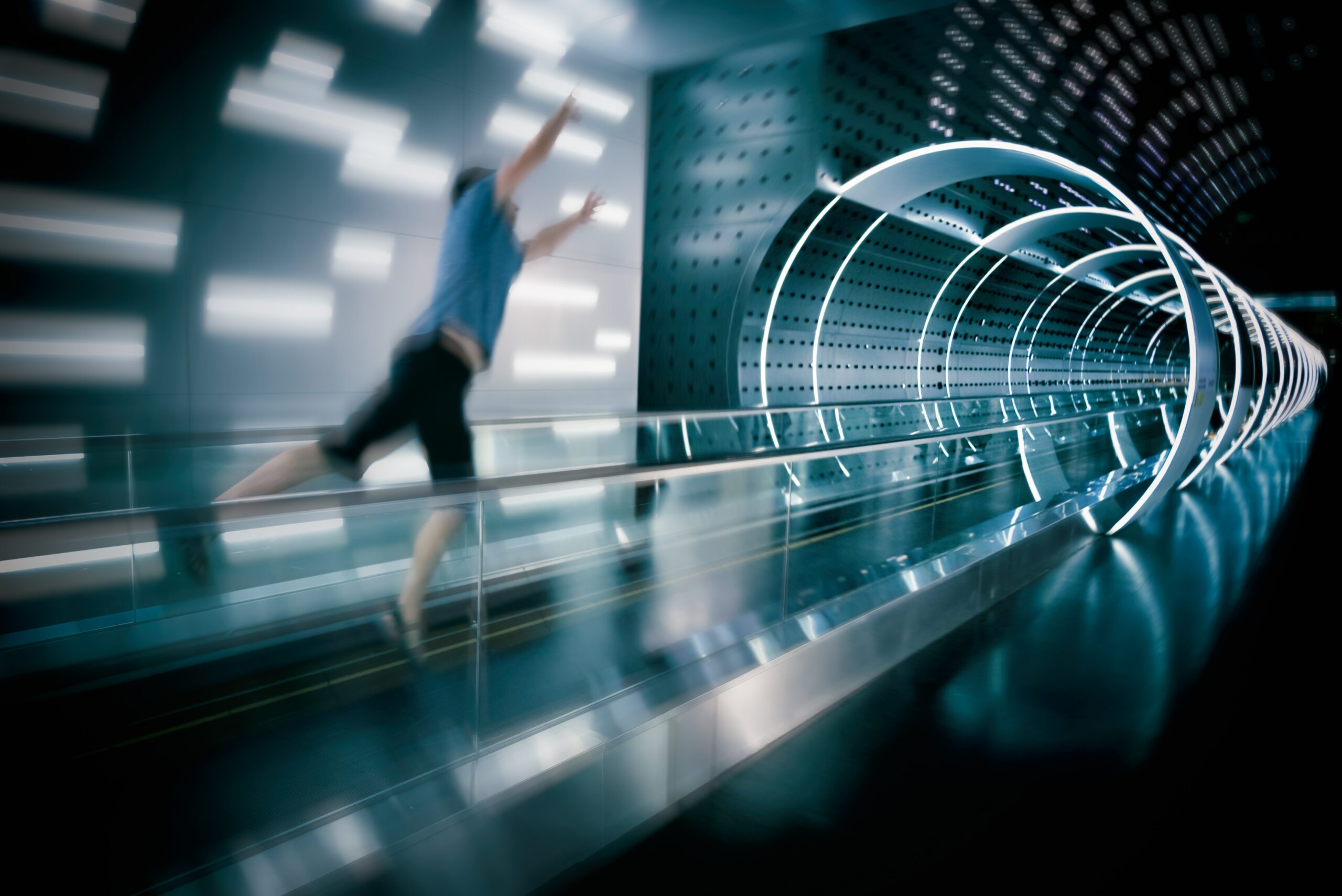Time Travel Possible?
Physics student Germain Tobar said in 2020 that he found the way to “square the numbers” for time travel.

The energy requirements for manipulating spacetime on a scale necessary for time travel are astronomical.
Time travel remains a tantalising concept, captivating the human imagination and stirring scientific discussions. Many movies like The Terminator, Donnie Darko and Back to the Future have further piqued interest of people in the concept across the world. Theoretical physics, particularly within the framework of Einstein’s general relativity, suggests that time is intertwined with space in a fabric known as spacetime. Certain solutions to Einstein’s equations, such as closed time-like curves, theoretically permit time loops, enabling the possibility of time travel.
In 2020, a physics student University of Queensland in Australia, Germain Tobar, worked out how to make time travel possible, and his explanation is going viral once again.
According to Science Alert, Mr Tobar said in his hypothesis, “Classical dynamics says if you know the state of a system at a particular time, this can tell us the entire history of the system.”
“However, Einstein’s theory of general relativity predicts the existence of time loops or time travel – where an event can be both in the past and future of itself – theoretically turning the study of dynamics on its head,” he further said.
He worked under the supervision of Dr Fabio Costa and found the way to “square the numbers”. “The maths checks out – and the results are the stuff of science fiction,” said Dr Costa.
“Say you travelled in time, in an attempt to stop Covid-19’s patient zero from being exposed to the virus. However if you stopped that individual from becoming infected, that would eliminate the motivation for you to go back and stop the pandemic in the first place,” he explained.
“This is a paradox – an inconsistency that often leads people to think that time travel cannot occur in our universe,” the professor concluded.
But Mr Tobar, through his work, claimed that a ‘paradox-free’ travel is possible. He suggested that the disease would still escape some other way, through a different route or by a different method, removing the paradox. Whatever the time traveller did, the disease wouldn’t be stopped.
“Try as you might to create a paradox, the events will always adjust themselves, to avoid any inconsistency,” he said.
Another hypothesis removed the theoretical issues flagged by the scientific community. It said that time travel is possible but that travellers would be restricted in what they did, to stop them creating a paradox. In this model, time travellers have the freedom to do whatever they want, but paradoxes are not possible.
The research was published in Classical and Quantum Gravity.
The energy requirements for manipulating spacetime on a scale necessary for time travel are astronomical, requiring exotic forms of matter or energy with properties not yet identified or understood. Theoretical constructs like wormholes – hypothetical tunnels connecting separate points in spacetime – could serve as time travel conduits, yet their stability remains precarious. However, the concept currently only exist as calculations on a page.
NDTV




